Solving the end-of-life puzzle
Last updated 9/18/2019 at Noon
I really enjoy doing jigsaw puzzles, studying the shapes, finding the ones with straight edges first, grouping by color, and seeing the image slowly emerge as one piece locks into another. When I find that elusive piece that holds an entire section together, I experience a small sense of accomplishment, which keeps me going until the whole puzzle is complete.
The biggest puzzle I know, and the one that most people don’t want to take out of the box, is the one about the end of life. Death is a puzzle every single one of us will face, but most people will put off talking about it as long as possible. We can choose to address the unavoidable when we have plenty of time and all our faculties. If not, we, and especially our loved ones, will most likely face a chaotic, stressful situation when our time is up.
When death comes for me, he won’t wait until I’ve pulled together my exit strategy. I’ll be gone, and the circumstances surrounding my death may not have been to my liking as far as where I met death — hospital, home, or somewhere else. The medical personnel may or may not have administered life-prolonging treatments that I did or did not want.
I don’t want to be like the woman who, rather than leaving clear instructions and written documents, left a note for her family simply saying, “Sorry I left such a mess.” I don’t want that to be my last message to my loved ones.
There is a plethora of helpful information out there, particularly since the advent of the Internet. Just go online and search “end of life.” There are enough websites and links related to the subject, it will seem like you just started a 5,000-piece puzzle that is round and all blue.
Don’t give up. Help is available to assist getting your affairs in order. Before starting the process, take time to answer some important questions, the answers to which will help guide you in a number of decisions that will need to be made.
What do I want the rest of my life to look like? What are my core values? Who am I as a person? What and who is important to me? What are my definitions of a “good quality of life” and a “good death?”
Once there is clarity around the answers to those questions, the job of putting your affairs in order will honor those things that are most important to you. You are leaving a final gift for those who will be with you as you approach death, as well as afterwards.
They won’t have to guess what kind of care you want as your life comes to a close. They will have a clear road map of where all your documents are, what you want done and not done and where, and who should be notified. The more you do beforehand, the less work you are leaving for your loved ones. They will, instead, be able to grieve your death in peace.
By pulling these important documents together and leaving important details in one place – email passwords, financial and insurance information, etc. – you are getting your house in order for the good of those you care about most.
A more recent development in end-of-life planning is the appearance of websites offering similar services, all done digitally, for which an annual fee is charged. As life circumstances change, information can be added, deleted, or modified so it is always current. Other people chosen by you can be granted access to any or all of the sections, so even if an adult child lives elsewhere, he can access necessary information to handle your affairs.
There are a number of books and workbooks available online to guide you through organizing your life and having a written record of all the important information. AARP produces a book called “Checklist for My Family,” available on Amazon, that helps document everything. With 8,000 baby-boomers a day turning 65, more and more services are being made available to assist them with their desires for end-of-life.
Planning for the end of life involves much more than just making a will or prepaying for funeral arrangements. Among topics to be considered are: downsizing; caregiving; wills, trusts and ethical wills; financial planning; advance directives, POLST forms, organ donation; death with dignity; hospice and palliative care; funerals, green burials; obituaries; and what needs to done after a death.
When you have crafted a useful and thoughtful end-of-life plan, you are free to enjoy the rest of your life, knowing your puzzle is complete.








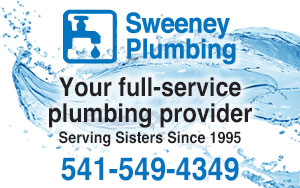
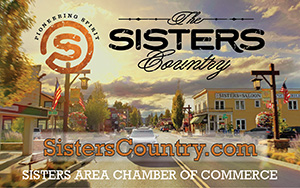
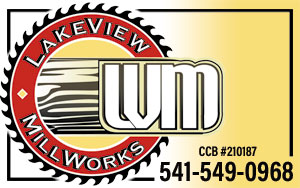

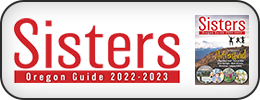

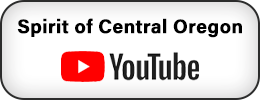

Reader Comments(0)